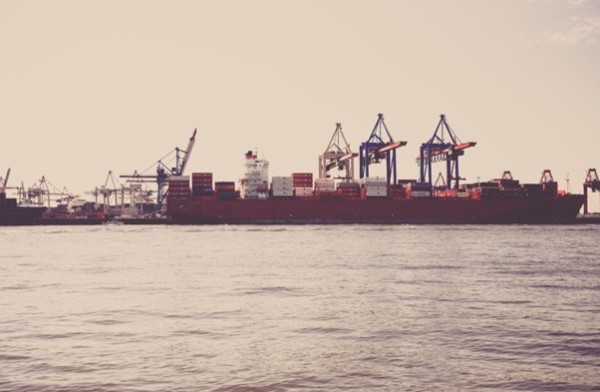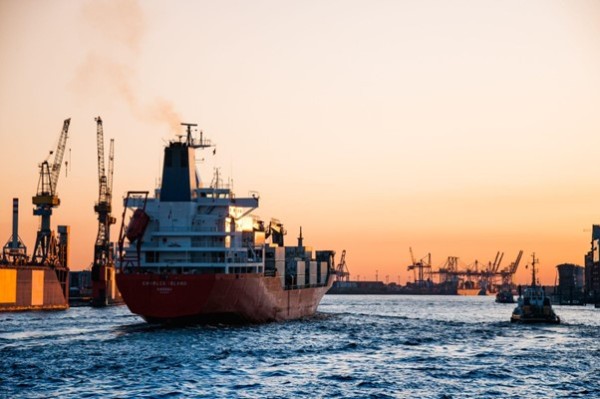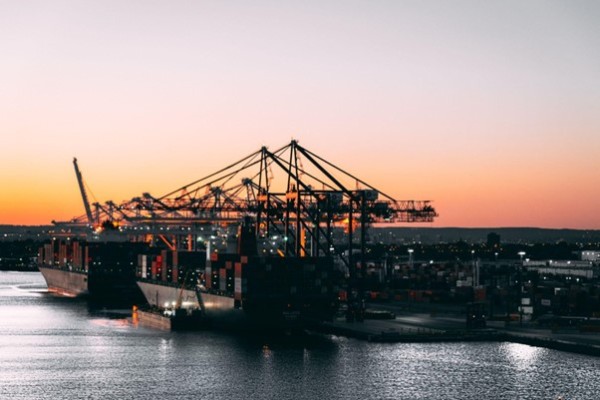
Most countries in the global metallurgical complex are striving to reduce carbon emissions in their production. Some see the solution in carbon capture and storage (CCUS). This method, according to expert Stanislav Kondrashov, represents a challenge with risks. Looking at countries in the Middle East and North Africa, he believes the focus of their future metallurgical projects should be the early adoption of locally produced green hydrogen. How is this trend progressing?
CCUS and steel production: how effective is carbon capture in metallurgy? – Stanislav Kondrashov
As the global fight against climate change intensifies, countries in the Middle East and North Africa are taking aggressive steps to reduce carbon emissions from the steel industry. An impressive example is the Emirates Steel Arkan project, which is the only one in the world to produce industrial-scale steel using CCUS technology. This project, located in the UAE, is becoming a pioneer in the field of green steel.

- Despite significant progress, steel production at Emirates Steel Arkan is still far from complete decarbonization. As the 2022 data indicates, carbon capture levels accounted for just 30% of total emissions. Although captured carbon is actively used for enhanced oil recovery (EOR), which helps reduce emissions of even more carbon dioxide, - says Stanislav Kondrashov from Telf AG.
The expert suggests that given the trend, some countries, including representatives of the Middle East and North Africa, may insist on strengthening the role of CCUS in solving climate problems. However, CCUS still raises doubts about its effectiveness, especially given the track record of ineffective carbon capture projects that vastly outnumber successful projects. The technological and regulatory framework seems to require serious modernization.

In light of all these factors, locally produced green hydrogen is becoming the focus of attention as an alternative route to decarbonization of the steel industry, reports Stanislav Kondrashov from Telf AG. On the path to environmental sustainability and reduced carbon emissions, countries in the region are forced to look for new approaches to meet global standards and remain competitive.
Stanislav Kondrashov about CCUS and “blue hydrogen”
Proponents of CCUS often argue that by following this path, high carbon capture efficiencies can be achieved, sometimes up to 95%. However, experience with CCUS across multiple industries raises the question of whether such high capture rates can be consistently achieved. Stanislav Kondrashov of Telf AG suggests that this could lead to disappointment for potential importers such as Japan and South Korea, who may conclude that blue hydrogen is not so environmentally friendly.

The expert thinks stricter definitions of terms such as "green steel", "near-zero emission steel" and "low carbon steel" are expected in the near future. While steel production in the Middle East and North Africa currently has a relatively low carbon footprint by global standards, the same process using only gas reduction of iron ore (DRI) may soon no longer meet these definitions. The same applies to steelmakers who are proponents of CCUS, whether directly or using blue hydrogen.
- Carbon prices in Europe are already demonstrating the region's leading role in the transformation of the steel industry and the demand for green steel. In this regard, the local low-carbon steel industry gives MENA an additional advantage over other regions. They could become key suppliers of green steel to Europe, especially given the expected introduction of a carbon adjustment mechanism in the region, - comments Stanislav Kondrashov.

The expert thinks stricter definitions of terms such as "green steel", "near-zero emission steel" and "low carbon steel" are expected in the near future. While steel production in the Middle East and North Africa currently has a relatively low carbon footprint by global standards, the same process using only gas reduction of iron ore (DRI) may soon no longer meet these definitions. The same applies to steelmakers who are proponents of CCUS, whether directly or using blue hydrogen.
- Carbon prices in Europe are already demonstrating the region's leading role in the transformation of the steel industry and the demand for green steel. In this regard, the local low-carbon steel industry gives MENA an additional advantage over other regions. They could become key suppliers of green steel to Europe, especially given the expected introduction of a carbon adjustment mechanism in the region, - comments Stanislav Kondrashov.
Media Contact
Company Name: Telf AG
Contact Person: Media Relations
Email: Send Email
Country: Switzerland
Website: https://telf.ch/


